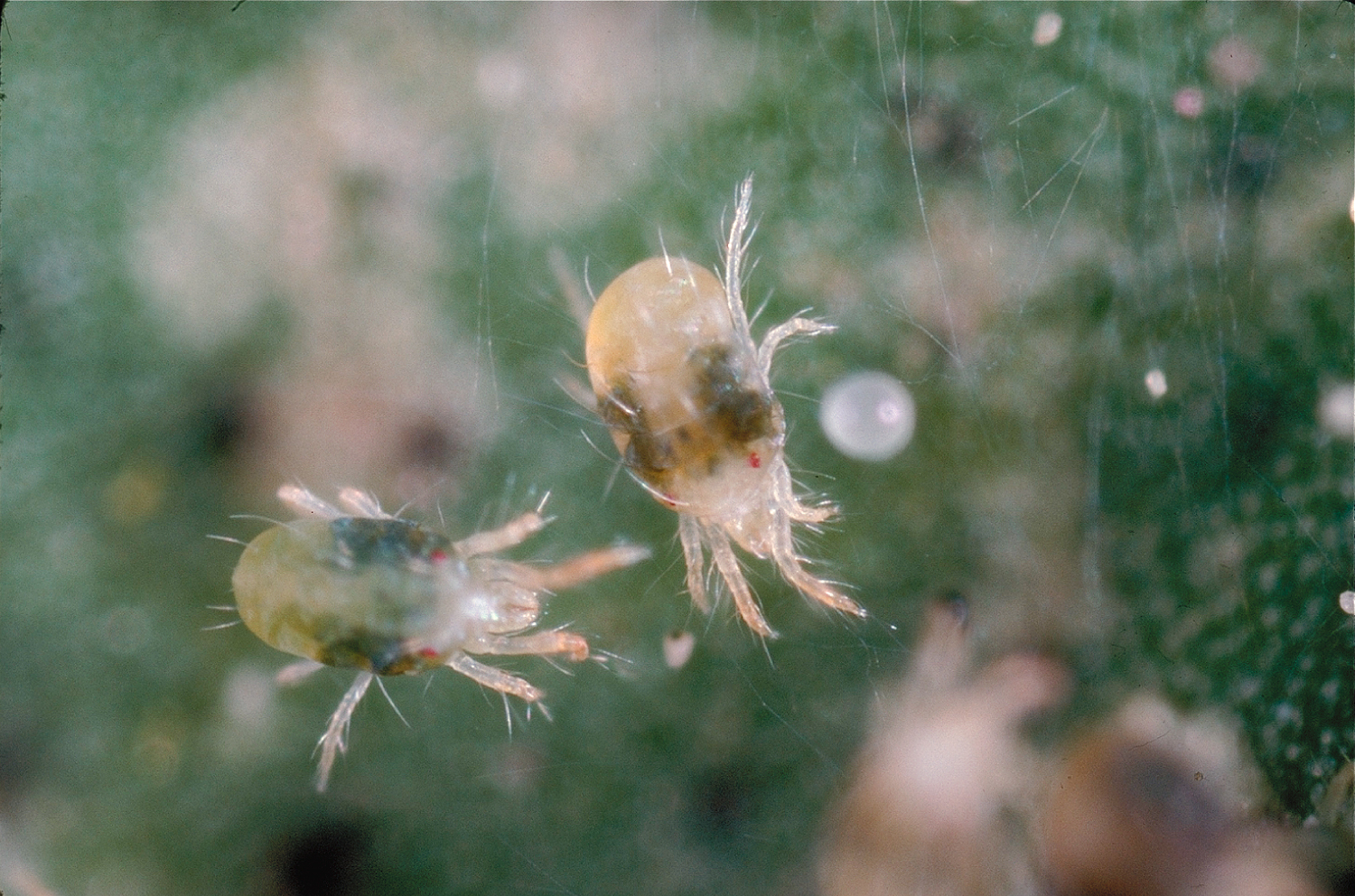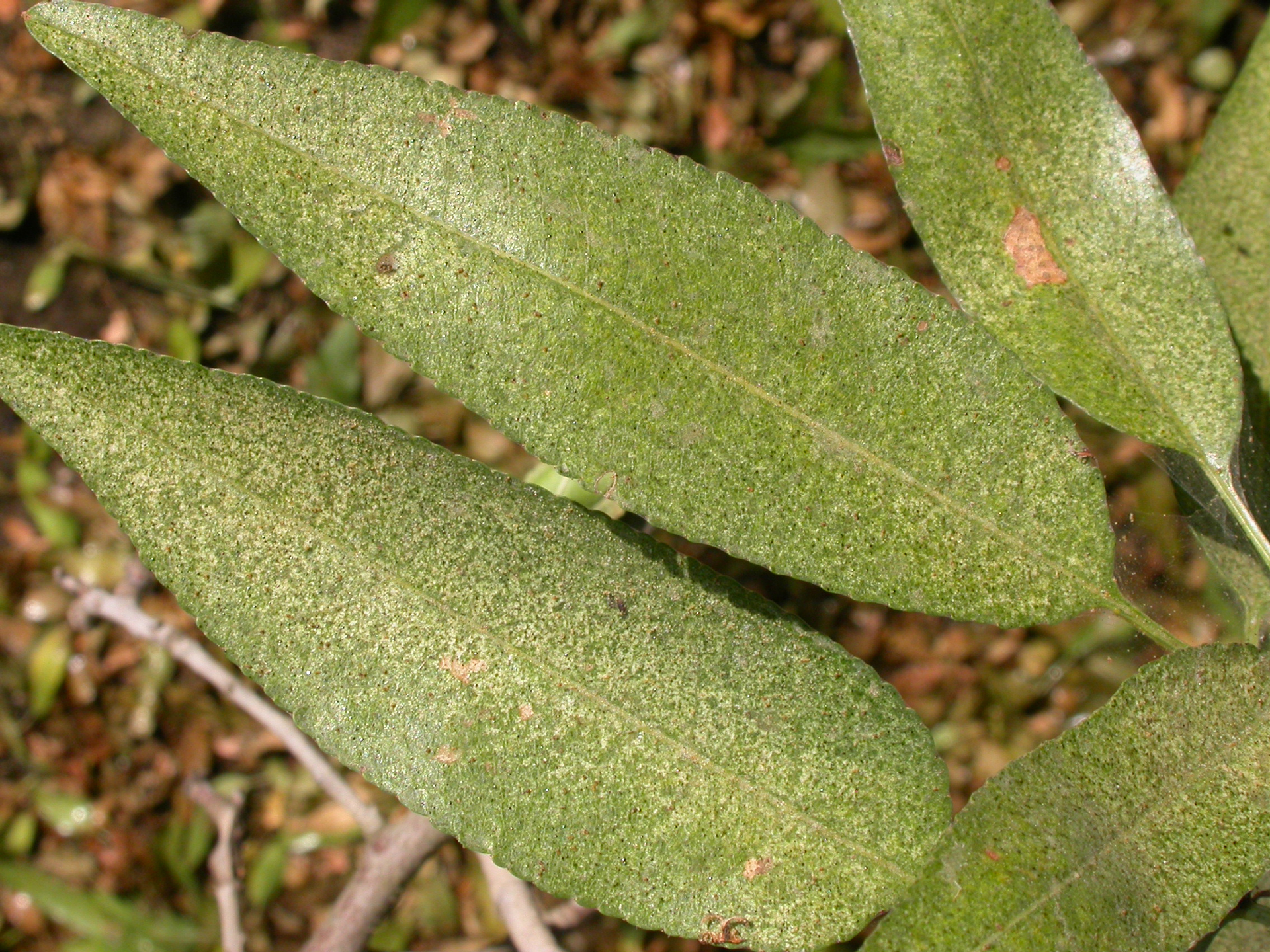
Mite control in almonds is best achieved by making use of multiple tools.
In a California Almond Sustainability Program webinar, UCCE Integrated Pest Management specialist Jhalendra Rijal outlined the tactics available for mite control in almonds with an emphasis on biological controls. Rijal said he and UCCE farm advisor David Haviland in Kern County have collaborated on mite studies.
Pacific spider mite, Tetranychus pacificus; two-spotted spider mite, Tetranychus turkestani; and Strawberry spider mite, Tetranychus urticae are the three species of webspinning spider mites that infest almond orchards. With their piercing, sucking mouthparts, mites feed on cell contents in leaves. Feeding can cause leaf stippling, yellowing and, when numbers are high, defoliation. There may be no direct crop damage as mites feed on leaves, but mite feeding can cause loss of production in subsequent seasons due to loss of vegetative growth. All three species have similar biology. Rijal said there are more two-spotted mites in the northern California regions and more Pacific mites in the south.
As temperatures increase in the spring and conditions become drier, mite populations grow, producing 7-10 generations per year.
Monitoring mite levels and protecting mite predators are two control tactics.

There is a spider mite sampling form on the UC IPM web site that can be used to record mite activity and assist with control decisions. Click here for more information.
Sampling leaves for mites involves inspecting a minimum 75 leaves for the presence of mites and predators. Counting the number of infested leaves, not the mites, assists with control decisions. Spider mites can be controlled by predators if presence-absence sampling indicates equivalent numbers of leaves with predators and with spider mites. When predator mites are present, but are not controlling the spider mites, a selective miticide application may be necessary. If mites are not present, there is no need for a May miticide application as it will kill six-spotted thrips.
There are several species that provide biological control of mites. Those include western predatory mite, six-spotted thrips and spider mite destroyer beetle. Rijal said the six-spotted thrips has become a reliable predator of mites, feeding on adults and nymphs and eggs. They also get inside the webbing produced by the mites to feed. These thrips are abundant in almond orchards throughout the Central Valley based on recent studies in both San Joaquin and Sacramento Valleys.
Spider mite destroyer beetles can also help control mites. Rijal advised using yellow sticky cards in the orchard to monitor for the presences of this predator as well as six-spotted thrips. Monitoring for these predators can help with decisions on spray applications, Rijal said. Understanding their biology and using monitoring tools can minimize unnecessary cost of the pesticides.











